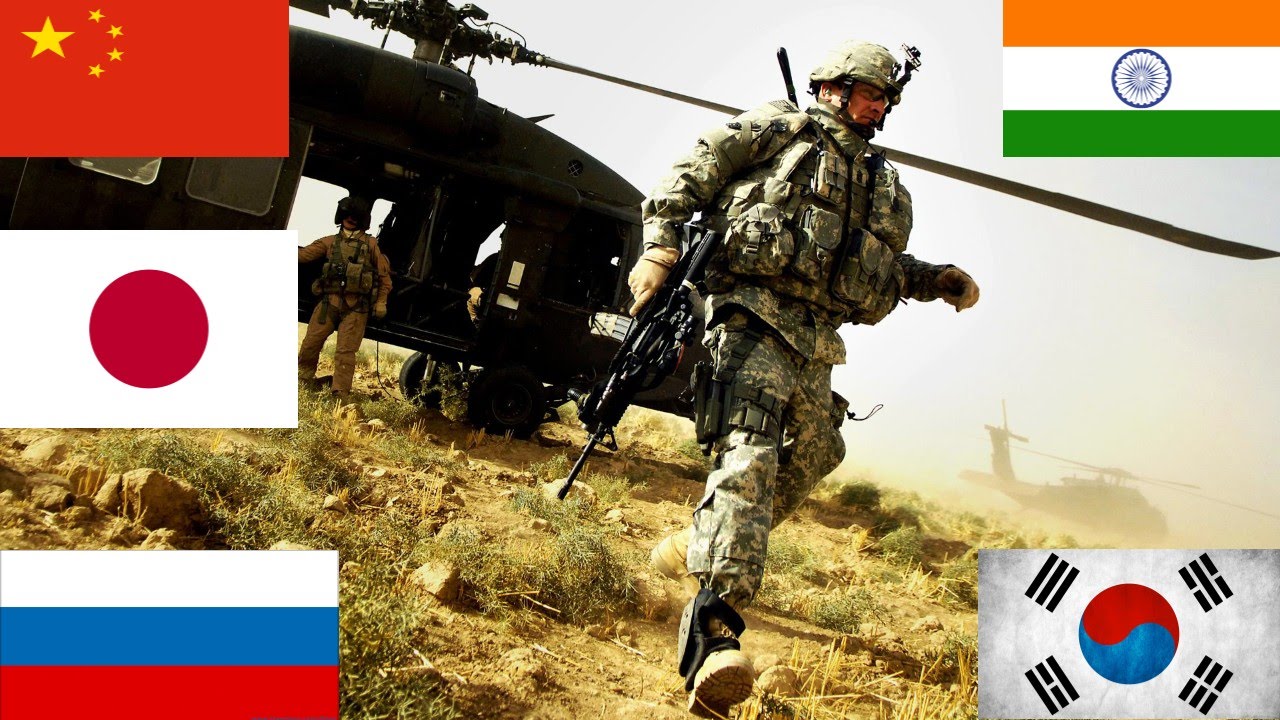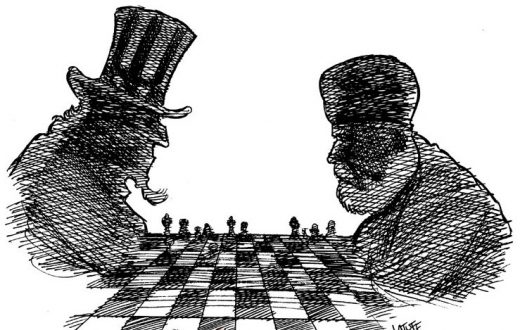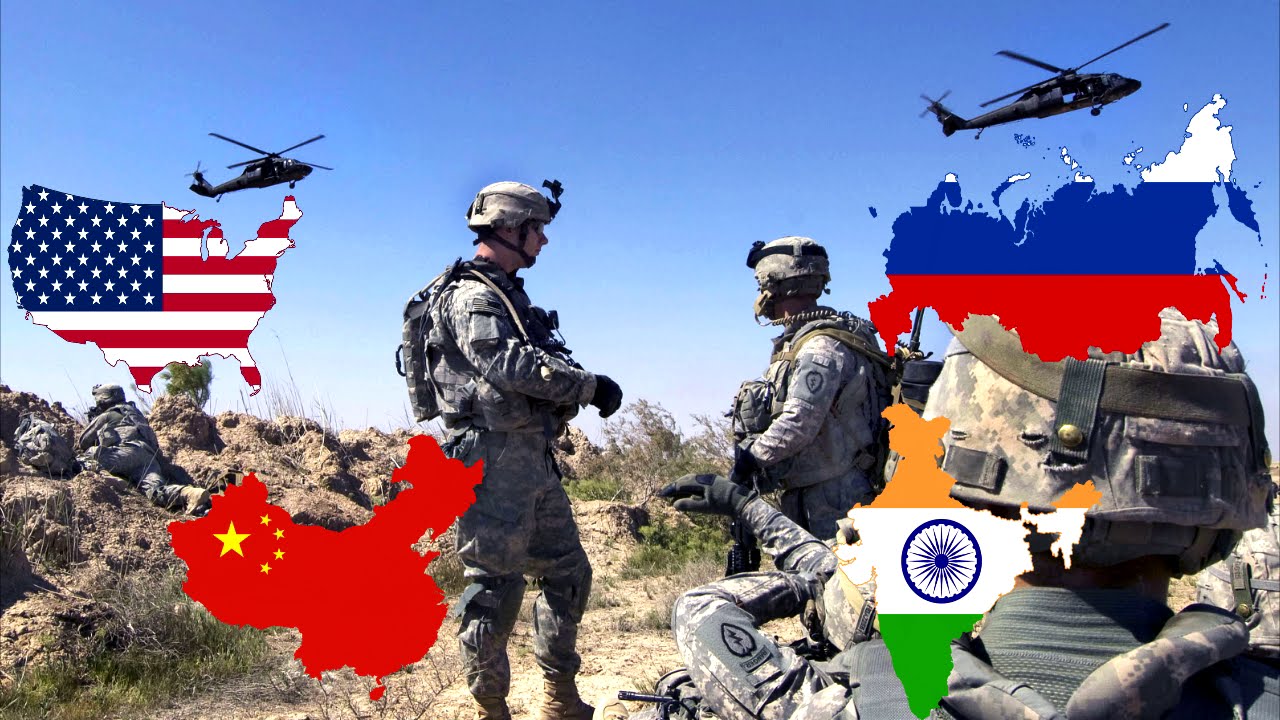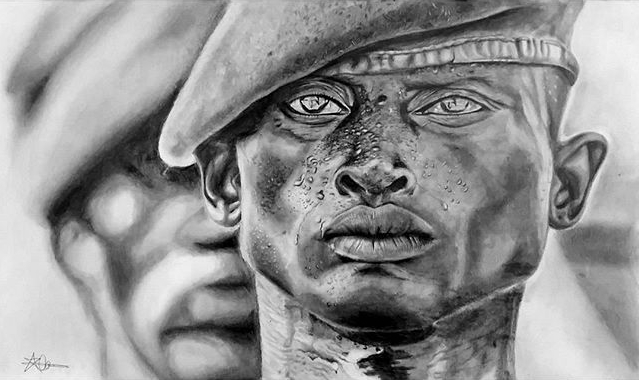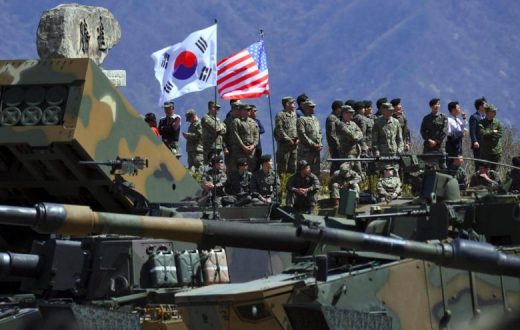Though the end of cold war has reduced the military expenditure drastically, a few nations such as the US continued to retain the higher level of expenditure on its military infrastructure development. The reason for the recent increase of the US has been attributed to the so-called War on Terror. Statistics from the recent years show that theses expenses has increased again as it was in the cold war years. According to 2015 data, the global expenditure in defense is totaled more than $1.6 trillion. The US military expenditure is roughly equals to the size of the next seven largest military budgets of China, Saudi Arabia, Russia, United Kingdom, India, France and Japan combined. According to Stockholm International Peace Research Institute, US has been spending $650 billion annually for its army since 2010. The expected military expenses of the US for 2019 is $886 billion. Military spending includes war spending, nuclear weapons programmes, penagon-related spending and international military assistance.
Factors that influenced US military budget since 2003 (www.thebalance.com)
2003: Iraq War
2004: U.S. torture at Abu Ghraib prison increased resistance to the war, but not enough to lower costs.
2005: Afghanistan War costs rose to protect free elections.
2006: Costs rose in Iraq.
2007: Surge in Iraq to counter violence.
2008: Violence rose in Middle East due to recession.
2009: Surge in Afghanistan.
2010: Obama funds Iraq drawdown.
2011: Iraq War ended but costs reached all-time high.
2012: Troop withdrawal in Afghanistan War. Costs began falling.
2013: Sequestration cut spending.
2014: Wind-down of Afghanistan War.
2015: Sequestration cut spending. Still higher than in 2007.
2016: Resurgence of ISIS.
2017: Increase in VA and FBI funding. Trump asked Congress for $30 billion more in military spending.
2018: Trump asked Congress to repeal sequestration for the defense budget. Requested a spending increase to fight ISIS.
2019: Congress repealed sequestration for defense for two years.
As the world moving towards soft power, the approaches of President Donald Trump as the commander in chief of the world largest army, is of great interest and are being observed closely. President Trump has asked the members of NATO to contribute more towards NATO defense funding. Also as a President who always put national interest first, he wishes to increase the military spending of the US. His soft power strategy is controversial as he has failed to use economic soft power and has already started a trade war with China and some of the major economic powers in the Europe.



